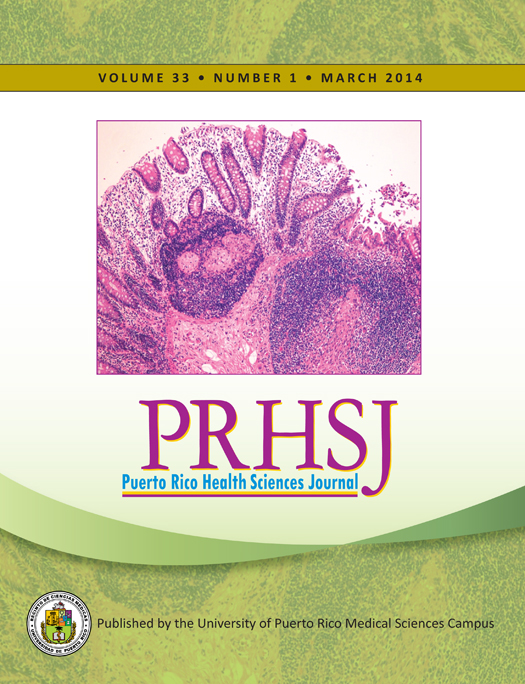Abstract
Objective: To estimate the prevalence of hypodontia in a group of 10- to 14-year olds from a group of orthodontic clinics in Puerto Rico. Methods: A cross sectional study was conducted to estimate the prevalence of hypodontia in 10- to 14-year-olds from orthodontic clinics located in each of 9 regions (as determined by the government-run health insurance program, Reforma) in Puerto Rico. A total of 1,911 patients, ranging in age from 10 to 14 years, were evaluated using patient charts covering from May 2004 through June of that same year. A logistic regression model was done to evaluate the relation between the prevalence of hypodontia in the study group and clinic location, gender, and age; a 5% significance level was used. Results: The overall weighted prevalence of hypodontia was 6.02%. Females showed a higher weighted prevalence of hypodontia than did males (7.02% vs. 4.72%, respectively: p=0.06). The prevalence also varied by geographic region, ranging from 3.21% at the San Juan clinic to 10.68% at the Aibonito clinic (p=0.01). The most prevalent missing teeth were the maxillary lateral incisors, followed by the lower second premolars (1.9%). Conclusion: The prevalence of hypodontia in Puerto Rico was 6.02%. Females presented a higher prevalence of hypodontia than did males. Each of the clinics in Fajardo, Bayamón, San Juan, and Guayama had a lower prevalence of hypodontia than the Aibonito clinic did. The tooth most frequently missing in the study group was the maxillary right lateral incisor.
Authors who publish with this journal agree to the following terms:
a. Authors retain copyright and grant the journal right of first publication with the work simultaneously licensed under a Creative Commons Attribution License that allows others to share the work with an acknowledgement of the work's authorship and initial publication in this journal.
b. Authors are able to enter into separate, additional contractual arrangements for the non-exclusive distribution of the journal's published version of the work (e.g., post it to an institutional repository or publish it in a book), with an acknowledgement of its initial publication in this journal.
c. Authors are permitted and encouraged to post their work online (e.g., in institutional repositories or on their website) prior to and during the submission process, as it can lead to productive exchanges, as well as earlier and greater citation of published work (See The Effect of Open Access).
